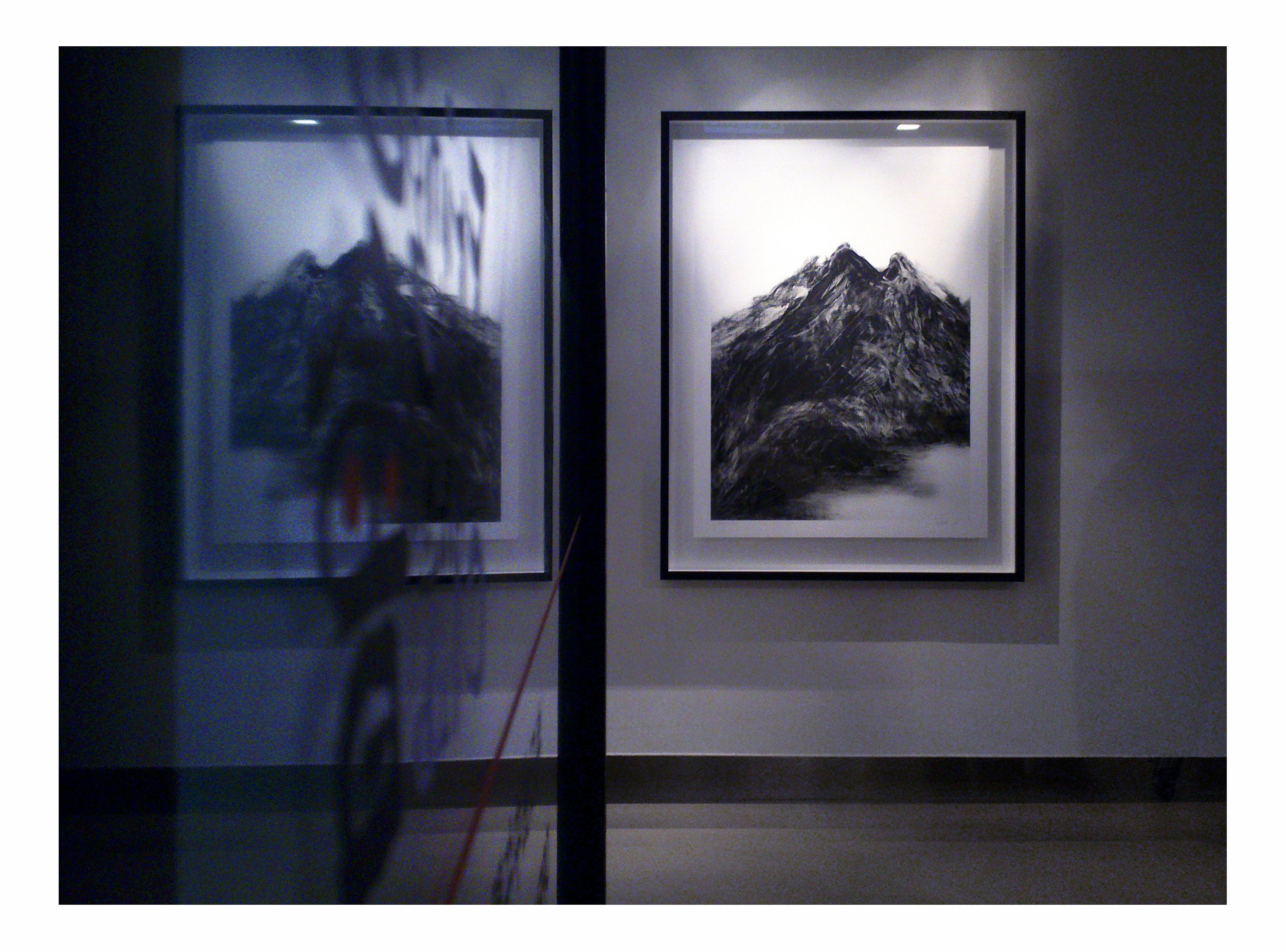
Professor Eva Man
Prof. Eva K W Man is Kiriyama Professor of The Center for Asia and Pacific Studies at University of San Francisco in 2023. She is also an Emeritus Professor of Hong Kong Baptist University. She publishes widely in comparative aesthetics, comparative philosophy, woman studies, feminist philosophy, cultural studies, art and cultural criticism. She was a Fulbright scholar and conducted research at the University of California, Berkeley in 2004. She was named AMUW Endowed Woman Chair of the 100th Anniversary of Marquette University in Milwaukee, Wisconsin, USA in 2009. She contributes public services to the Hong Kong Arts Development Council, Hong Kong Museums Advisory Committee and Hong Kong for LCSD and Home Affairs Bureau of HKSAR, and Hong Kong Jockey Club’s Arts and Cultural Heritage projects. Prof. Man is also Member of Editorial Board for various academic journal, including Member of the Editorial Advisory Board, Bloomsbury History of Modern Aesthetics, UK (2021-), Member of Editorial Board, Contemporary Aesthetics (2018-), Hypatia, A Journal of Feminist Philosophy, published by NY: Wiley-Blackwell (2017-), Journal of Somaesthetics, published by Netherland: Rodopi and Brill (2017-).
Being & Existence
Eva Man
Kiriyama Professor of The Center for Asia and Pacific Studies, University of San Francisco
Emeritus Professor of Hong Kong Baptist University
Member of Editorial Board for various aesthetics academic journal
Summer 2013
I bumped into Charles Chau about a year ago.
I never grow tired of the creative power his slender body contains, particularly when I see the way he writes and creates, the way he speaks with wit, the way he tosses around ideas and designs.
It did not take long to realise that Charles is someone who would put his time, energy and emotion to good use at all times. He explained that he became obsessed with the creation of the “Mountain” series when he put his first brush to paper two years ago – he soaked himself in the pool of time, leaving traces along its movement; he dedicated himself to the pool of creation.
I also wondered; would the artist ever connect charcoal as a “drawing” tool, as well as a source of fuel? Charcoal holds delicate traces of living organisms, which carbonised under time’s compression. When a piece of charcoal is put into an artist’s hand, the time and life held within the piece is revived into infinite possibilities of lines, strokes, and shading.
“Why charcoal?” I asked, although it seemed to me that some things just ‘come’ to Charles, so naturally that it doesn’t require a second thought.
I think he shares William Kentridge’s view on the boldness and aesthetics charcoal drawing can bring, how it can be as vibrant, as full of life as colours would be.
Charcoal drawing brings an artist’s thoughts to life, in so doing charcoal also finds its own path through the drawings.
“I can’t stop once I have begun,” said Charles.
The monochromatic portrayal of mountains seems to deny its abstract expressionistic tendency. Charcoal shoulders its own history irrespective of what the mountains are like; it unfolds part of the past and ancient elements.
Charcoal runs through Charles’ mind when he draws, the devotion and desire for freedom is lost, they empower each other.
The mountains exist, so does civilisation, but it draws us closer to human nature – body and soul, love and devotion, right and wrong.
The “Mountain” series reaffirms my beliefs.
While we cannot quantify the weight of being, we can follow the traces of the diminished, de-formed piece of charcoal.
